From the June 2022 issue of Apollo. Preview and subscribe here.
It is still not known how many people were killed by British troops during the Benin Expedition of February 1897. Many bodies were thrown into mass graves in the ruins of Benin City, once the capital of one of the oldest and most powerful empires in West Africa. A force of some 1,200 heavily armed men laid siege to the country in what was intended as a ‘punitive’ mission. Their work done, the British took some souvenirs back home with them; one recent estimate suggests that around 10,000 ivory and metal sculptures and plaques, some more than 500 years old, were looted. Many of these artefacts were later distributed to museums across Europe and America, with the lion’s share gifted by the Foreign Office to the British Museum. In recent years, several of these institutions – as well as the German government – have announced plans to return some or all of the Benin Bronzes in their collections.
In his new multi-screen film – commissioned to mark the centenary of the Barnes Foundation in Philadelphia – the British artist Isaac Julien tackles the question of restitution from an unusual angle. For Julien, the question of whether the Benin Bronzes should be returned is a ‘non-debate’. When we spoke via Zoom, he compared the situation to artworks plundered by the Nazis. ‘If something was stolen, it should be returned,’ he says. ‘It needs to go back to its original heirs.’ But the Benin Bronzes aside, Julien is more equivocal about the untold number of other African artefacts currently held in Western museums. ‘Whether or not all objects should be returned’ – he hesitates – ‘you know, it seems to me that there are particular objects that are particularly important. I’m interested in how, in the diaspora, these objects get to be viewed in a different manner and get reconstituted in some way.’
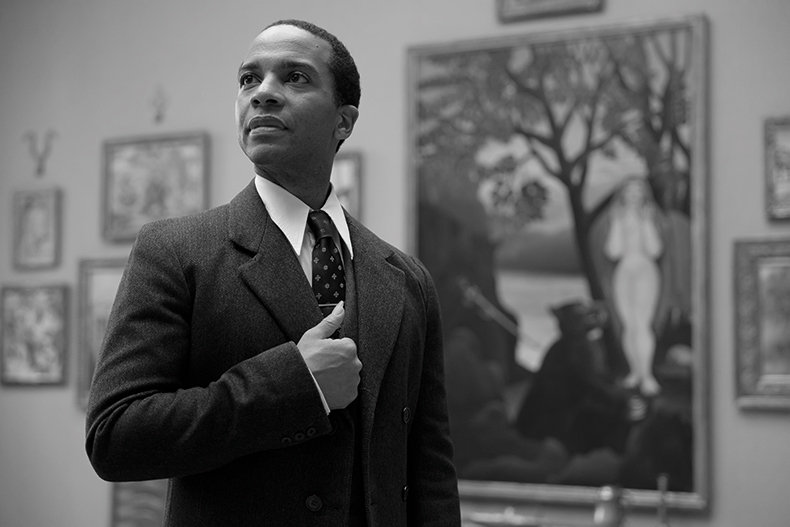
André Holland as Alain Locke on the set of Julien’s film Once Again… (Statues Never Die) (2022) at the Barnes Foundation, Philadelphia. Photo: © Isaac Julien
The Barnes Foundation is perhaps best known for its collection of paintings by the likes of Pierre-Auguste Renoir, Paul Cézanne and Henri Matisse but between 1921 and 1924, its founder, Albert Barnes, also acquired around 125 works of African art. He was among the first collectors in the United States to think of these sculptures as art, rather than ethnography. In Once Again … (Statues Never Die), Julien seeks to give these objects a voice of their own: ‘I was interested in what the objects would sound like if they could articulate in some manner. What was their view, so to speak,’ he says. The film gives them this voice with a performance by the singer and songwriter Alice Smith, who recites what Julien calls: ‘A kind of aria for the works.’
Albert Barnes was a chemist. Growing up in a south Philadelphia slum known as ‘the Dumps’, the son of a one-armed butcher, he worked his way through medical school and developed a crucial silver nitrate antiseptic in 1899. He sold the trademark 30 years later, a mere months before the stock market crash, leaving him wealthy enough to pursue in earnest a passion for art he had long since begun to cultivate; he had picked up Le Bonheur de vivre (c. 1905–06) by Matisse in 1923 and The Artist’s Family (1896) by Renoir in 1927, setting him on the path to his impressive collection of post-Impressionists and early modernists. ‘But he also had a really strong relationship to African American culture,’ Julien says – not to mention his significant group of African artworks. Julien points to a ‘primal scene about Negro spirituals as a child’, when Barnes’s strict Methodist mother would take him to African American revival meetings.
Barnes’ 1925 essay ‘Negro Art and America’ was an earnest paean to the old trope of the noble savage, tracing the development of ‘a distinctly Negro art in America’ to the innate spirituality of a ‘primitive race’. Julien calls him ‘a man of his time’. But through his indenture of trust, Barnes had stipulated that four out of five seats on the board of his foundation be occupied by Lincoln University, America’s first historically Black university in nearby Oxford, Pennsylvania – a settlement that, in 2002, Lincoln accused the foundation of trying to water down, by increasing the number of board members to 15, diluting the college’s share. Barnes was a ticklish man, who disliked the Philadelphia art establishment intensely; his will also stipulated that the collection be housed in a facility he built for it in the small satellite town of Merion, but in 2004 a court ruled that it could be moved to its present home in the museum district of downtown Philadelphia.
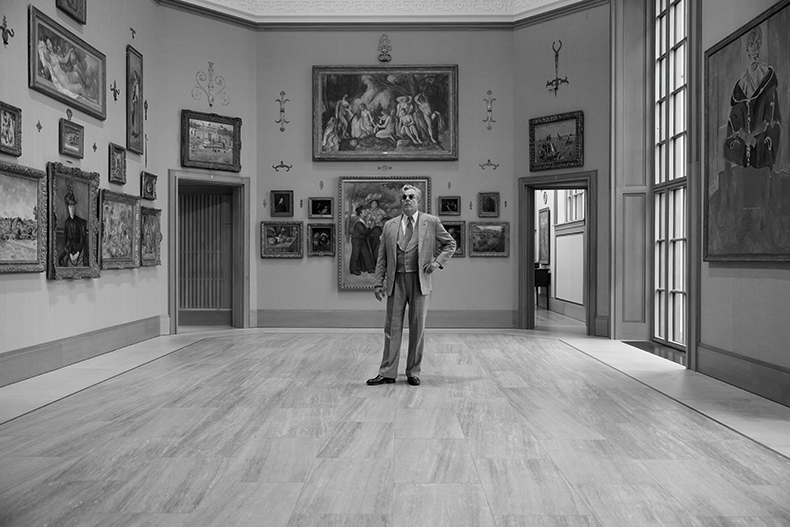
Danny Huston as Albert Barnes in Once Again… (Statues Never Die), which was commissioned to mark the centenary of the Barnes Foundation. Photo: © Isaac Julien
Julien’s film, Once Again … (Statues Never Die), takes as its principal subject the relationship between Barnes and a man named Alain Locke, in the context of an era in which the Western colonial gaze was fascinated by African and diasporic aesthetics. The first African American Rhodes Scholar at Oxford University, Locke became known as the ‘dean’ or, in Julien’s words, the ‘father’ of the Harlem Renaissance. It was also Locke who edited the issue of Survey Graphic magazine that published Barnes’s essay on ‘Negro art’ – the magazine identified, for the first time, Harlem as the ‘Mecca’ of a new African American culture.
The project marks a return of sorts for Julien to the subject matter of his breakthrough film, Looking for Langston (1989): a lyrical, almost dream-like film merging fact and fiction, archive footage and newly filmed material, about another key figure of the Harlem Renaissance, Langston Hughes. That film, as Julien points out, ‘was also made during a pandemic – it was made during the AIDS crisis.’ He acknowledges an instant correlation between the two films, in terms of the debates explored, ‘because we’re also involved in another supposedly high moment of Black artists’ recognition and activity, post-2020’. He continues: ‘There is a moment in [Looking for Langston] where the writer and cultural theorist Stuart Hall talks about how artists and writers were in vogue at a particular moment in time, but then by the end of the 1920s they started to go hungry as their patrons started to look for other forms of art. So this fashioning of interest is something I’ve always been a little bit sceptical of.’
Born in the East End of London in 1960, Julien recalls sneaking ‘illegally’ into the cinema as a child in the early 1970s to watch Blaxploitation films. Today he describes the genre, which is known for its lurid depictions of stereotypical pimps and hoes, as his ‘bête noire’. But in 2003, he self-consciously employed something of its bold aesthetics and wah-wah guitars for the short film Baltimore, starring Melvin van Peebles – the director of Sweet Sweetback’s Baadasssss Song, a classic of the field – strutting around the streets of Maryland’s most populous city and through the doors of its National Great Blacks in Wax Museum. Julien’s lyrical style of montage and pop sensibility allows him simultaneously to inhabit and comment on the genre, turning the films’ voyeuristic gaze back upon itself. Throughout his career, desire and its vicissitudes have been a near-constant element of Julien’s work.
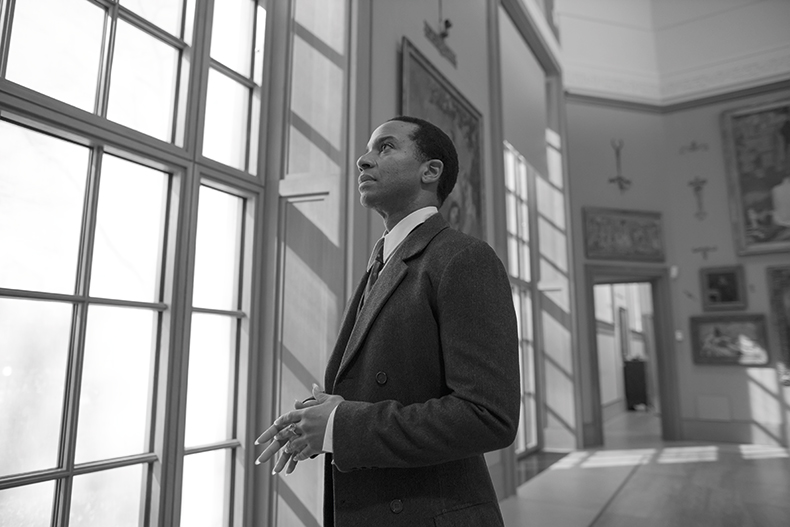
Julien’s film explores the relationship between Albert Barnes and Alain Locke (played by André Holland, above). Photo: © Isaac Julien
In 1983, Julien co-founded the Sankofa Film and Video Collective while studying for his BA at St Martin’s School of Art. ‘We were just students that went to different art schools,’ he says, ‘and we came together as a collective because we felt that the dialogue we could have among ourselves enabled us to have a certain autonomy.’ Supported by the Greater London Council and Channel 4, which had just been launched, Sankofa produced a number of award-winning films, including Martina Attille’s Dreaming Rivers (1988), Maureen Blackwood’s A Family Called Abrew (1992) and Looking for Langston. The group emerged amid a wave of new collectives formed by Black British artists, such as the Ceddo Film and Video Workshop and the Black Audio Film Collective (which were also the beneficiaries of Channel 4’s Workshop Declaration of 1982). For Julien, what set Sankofa apart from some of its contemporaries was its ‘strong feminist presence. It wasn’t just dominated by male directors.’
‘In the early to mid ’80s I felt I was in a kind of Black arts movement,’ Julien says, drawing a parallel with the Harlem Renaissance. He cites Stuart Hall, who took part in several of Julien’s early films, as an inspiration for that movement. ‘Through his ideas and thinking, he provided a model for how one would think about making work. People view him as a cultural theorist but I see him more like an artist – and I think many artists do. You could say that Stuart Hall was the Alain Locke of Britain.’
‘I wasn’t taught anything about the Harlem Renaissance when I was at art school,’ Julien says. ‘The whole legacy of the relationship between Black artists and modernism just was not taught at all. I think, in a way, once you leave art school, you look for your own art history. And I don’t mean art history in a very academicised manner; I mean an art history which you have a much more visceral relationship to.’ It’s a search that Julien continues to this day as he works on the digital restoration of his own early films, other Sankofa Film Collective works and those of an earlier generation of Black filmmakers in Britain, such as Nii Kwate Owoo’s documentary You Hide Me (1970), which calls for the return of the Benin Bronzes. He speaks of his fascination with utilising ‘digital technologies to enhance the analogue image itself’.
One of the abiding themes of Julien’s work has been the technology of image production: ‘The way that vision is constructed – not just through technology but through the way that technology interpolates the aesthetics of how we look.’ Post-Black Lives Matter, amid a resurgent fascination with Black artists’ work, the critical eye with which Julien responds to and subverts that gaze seems more crucial than ever.
‘Isaac Julien: Once Again … (Statues Never Die)’ is at the Barnes Foundation, Philadelphia, from 19 June–4 September.
From the June 2022 issue of Apollo. Preview and subscribe here.
This article was amended on Friday 10 June; a previous version stated that Barnes bequeathed four seats on the board of his foundation to Lincoln University, when in fact this stipulation was made in his indenture of trust, and implied that he did not begin collecting art seriously before 1929, which is not the case.
Unlimited access from just $16 every 3 months
Subscribe to get unlimited and exclusive access to the top art stories, interviews and exhibition reviews.


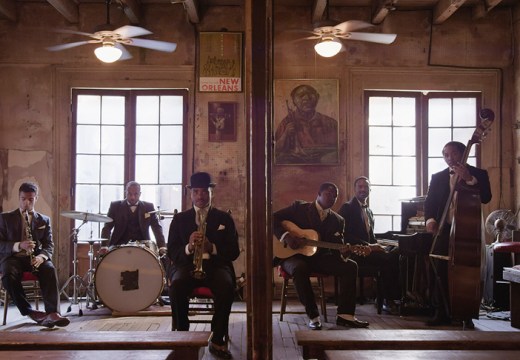
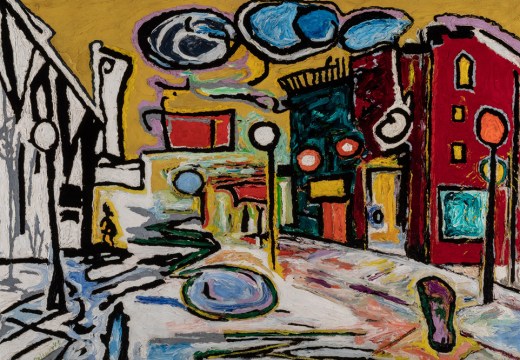
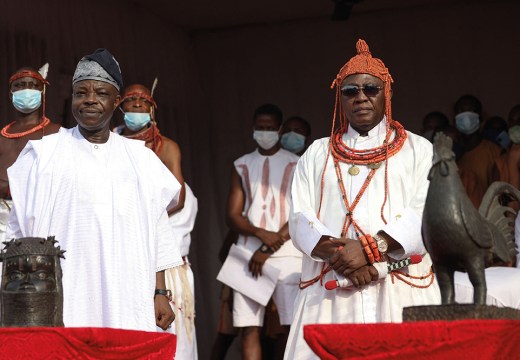









![Masterpiece [Re]discovery 2022. Photo: Ben Fisher Photography, courtesy of Masterpiece London](http://www.apollo-magazine.com/wp-content/uploads/2022/07/MPL2022_4263.jpg)
It’s time for the government of London to return to its rightful home